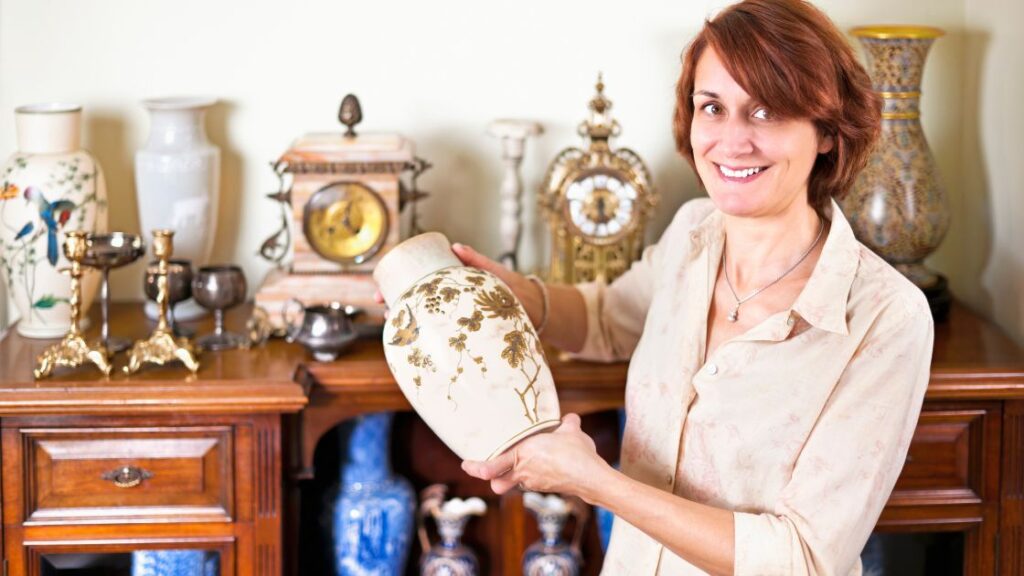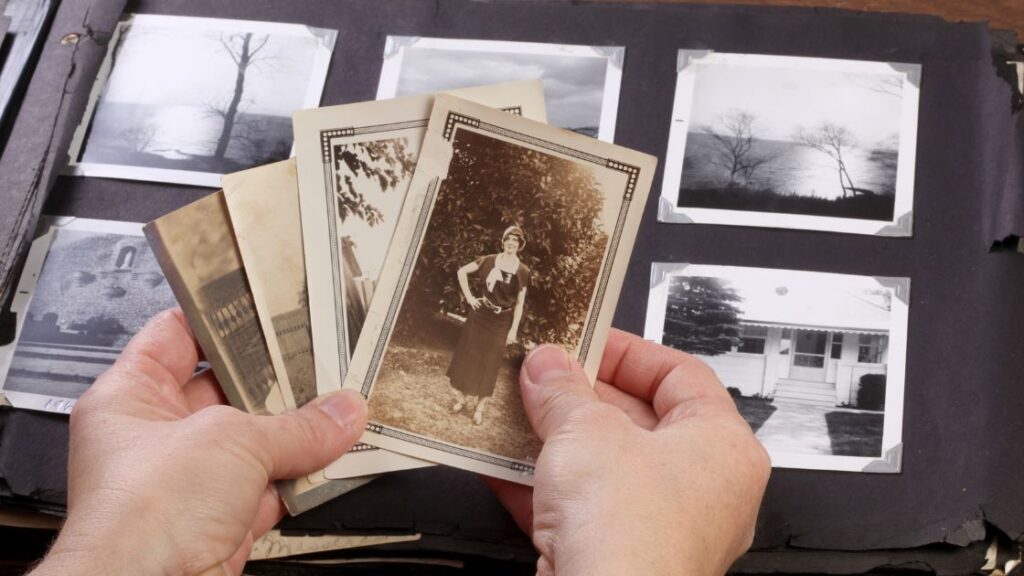Family stories are more than just tales passed down through generations. They’re windows into our past, shaping our identity and personal growth. These narratives connect us to our roots, offering insights into who we are and where we come from.
In this article, we’ll dive into the world of family stories through a unique lens: our five senses. We’ll explore how sight, taste, smell, hearing, and touch can unlock powerful memories and deepen our understanding of our lineage.
Family Stories Through the Sense of Sight

Our eyes are powerful tools for uncovering family stories. Seeing what our ancestors saw can profoundly impact our worldview and personal perspective.
One way to explore family stories visually is by visiting ancestral locations. Walking the streets your great-grandparents once walked can be a transformative experience. It brings their stories to life in vivid detail.
Old photographs are another treasure trove of visual family stories. These snapshots in time reveal fashion, lifestyle, and even personality traits of our forebears. Researching the historical context of these images adds depth to our understanding.
Heritage travel and local day trips offer immersive visual experiences. Visit historical museums, art galleries, and significant sites to step into your ancestors’ world. These outings provide context for the times in which they lived.
Planning a heritage trip? Start by researching your family’s origins. Online genealogy resources can help pinpoint ancestral locations. For old photographs, reach out to relatives or explore local historical societies.
Experiencing Family History Through Taste and Smell

Food and scents have a unique power to transport us through time. They connect us to our ancestors in deeply emotional ways.
Family recipes are edible time capsules. Preparing a dish your grandmother loved can evoke powerful memories and stories. The aroma of traditional spices or baked goods can trigger long-forgotten tales.
To explore family stories through taste and smell, start with your family cookbook. Don’t have one? Create one! Interview older relatives about cherished recipes and the memories they hold.
Visit ethnic markets to find ingredients your ancestors used. Cook a meal from your heritage and let the flavors and aromas spark conversation about your family’s past.
Family Stories Through the Sense of Hearing

The power of sound in family stories shouldn’t be underestimated. Hearing tales, music, and dialects can bring ancestors to life in our minds.
Listening to family narratives is a time-honored tradition. Record interviews with older relatives to preserve their voices and stories for future generations. Their accents and speech patterns are part of your family’s auditory legacy.
Music is another auditory gateway to the past. Research the popular songs of your ancestors’ era. Listen to them while looking at old family photos for a multi-sensory experience.
To find old recordings, explore archives like the Library of Congress. Many offer digitized collections of historical music and spoken word. Local libraries may have regional recordings that connect to your family’s past.
Touching the Past

Physical objects carry powerful emotional resonance in family stories. Touching items your ancestors held creates a tangible link to the past.
Hold an old letter and feel the texture of the paper. Try on a piece of inherited jewelry. These tactile experiences can spark a deep sense of connection to your family history.
Visiting ancestral locations offers another dimension of touch. Feel the soil of your family’s homeland or the bricks of their old home. These physical connections can be profoundly moving.
To discover family artifacts, start with your own home. Look for heirlooms tucked away in attics or basements. Reach out to relatives who might have inherited family treasures. Local historical societies may also have relevant objects you can examine.
Multi-Dimensional Genealogy Research
Exploring family stories through our senses offers a rich, multi-dimensional experience. It brings our ancestors’ world to life in vivid detail, deepening our understanding of our roots.
We encourage you to embark on your own sensory journey through family stories. Visit ancestral sites, cook traditional recipes, listen to old music, and touch family heirlooms. Each sense offers a unique pathway to understanding your place in your family’s legacy.
Want to make your family stories even more compelling? Learn more about adding historical context, preserving family recipes, and collecting family heirlooms in these articles:
How to Add Historical Context to Your Genealogy Research
Preserving Culinary Traditions: The Delight of Heirloom Recipes


